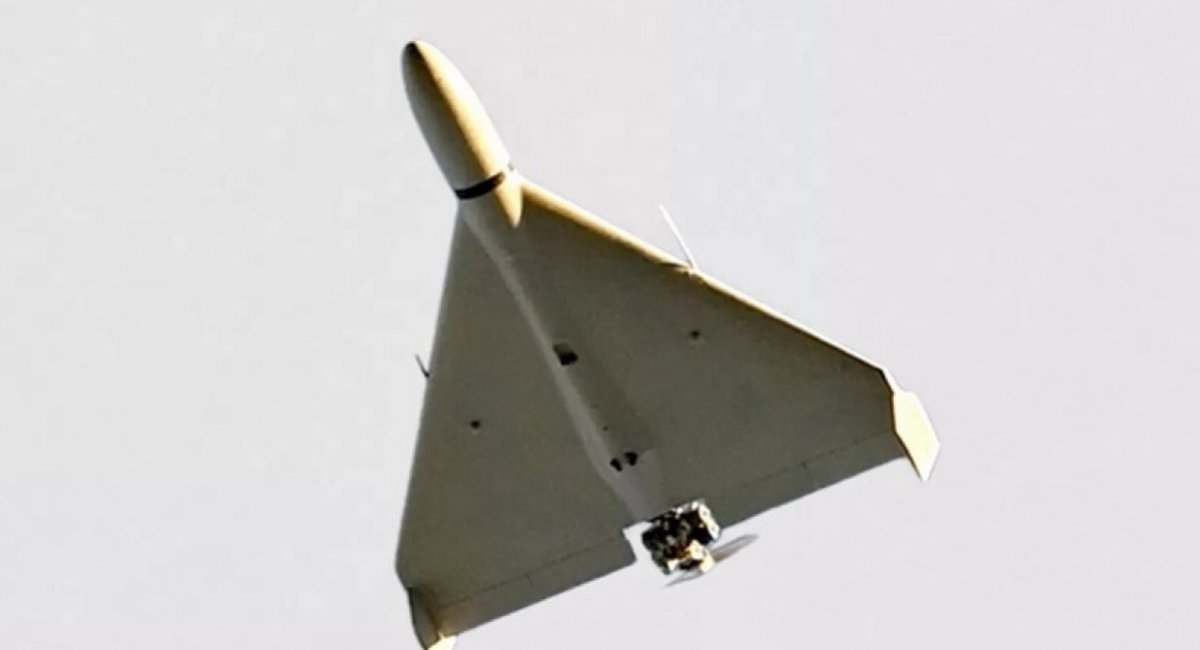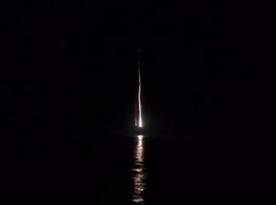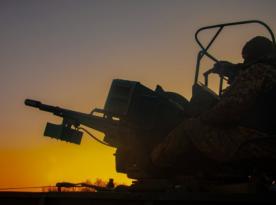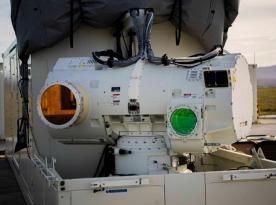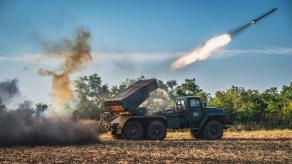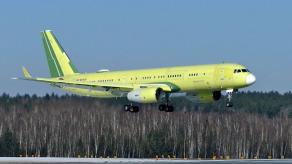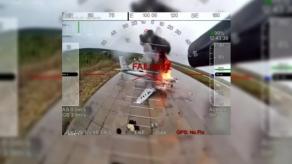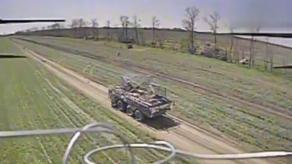During the aerial attack on Kyiv this Wednesday, January 1st, 2025, russians used Shahed-136 Y-series kamikaze drones. Typically, they would be equipped with Iranian-made CRPA (controlled reception pattern antenna) or the russian-made Kometa-M navigation module but this time they came with a new-configuration CRPA having eight antennas arranged in a circle.
Markings on the antennas said they were originally intended to be used as "components for agriculture," wreckage analysis shows.
Read more: russia Changes Tactics in Targeting Ukraine's Energy System With Cluster Munitions
The evidence is presented and analyzed by two experts, Serhii "Flash" Beskrestnov and the Polkovnik GSh (war_home) blog, among other sources. They provide a few potential explanations as to why the russians decided to use this seemingly unfit CRPA configuration for their Shahed-136s:
- they are looking for opportunities to reduce the cost of producing Shahed drones at the expense of electronics;
- they were forced to use these parts because the production of CRPA at Iranian factories and Kometa-M in russia doesn't keep up with the rest of components;
- or they wanted to test out how this guidance system would work in real combat conditions.
Moreover, this configuration of the CRPA (i.e. with eight antennas placed in a circular pattern) gives the Shahed-136's guidance system greater resistance to Ukrainian electronic warfare interference.
On a note from Defense Express, let's point out a detail that may seem insignificant but actually comes with serious implications, namely, the fact the CRPA units were marked as "components for agriculture." Because, on the one hand, this marking could be a way to disguise the origin of these antennas in order to bypass international sanctions.
On the other hand, these could really be antennas produced specifically for agricultural equipment but in this case, the designation "agricultural" doesn't necessarily imply "simplified" or "cheap."
In the last few years, there's been a trend towards the so-called precision agriculture spreading all over the world, it involves the active employment of GPS-based and other navigation systems for farming. The concept assumes that plowing the land should be done with an accuracy of literally 1 meter.
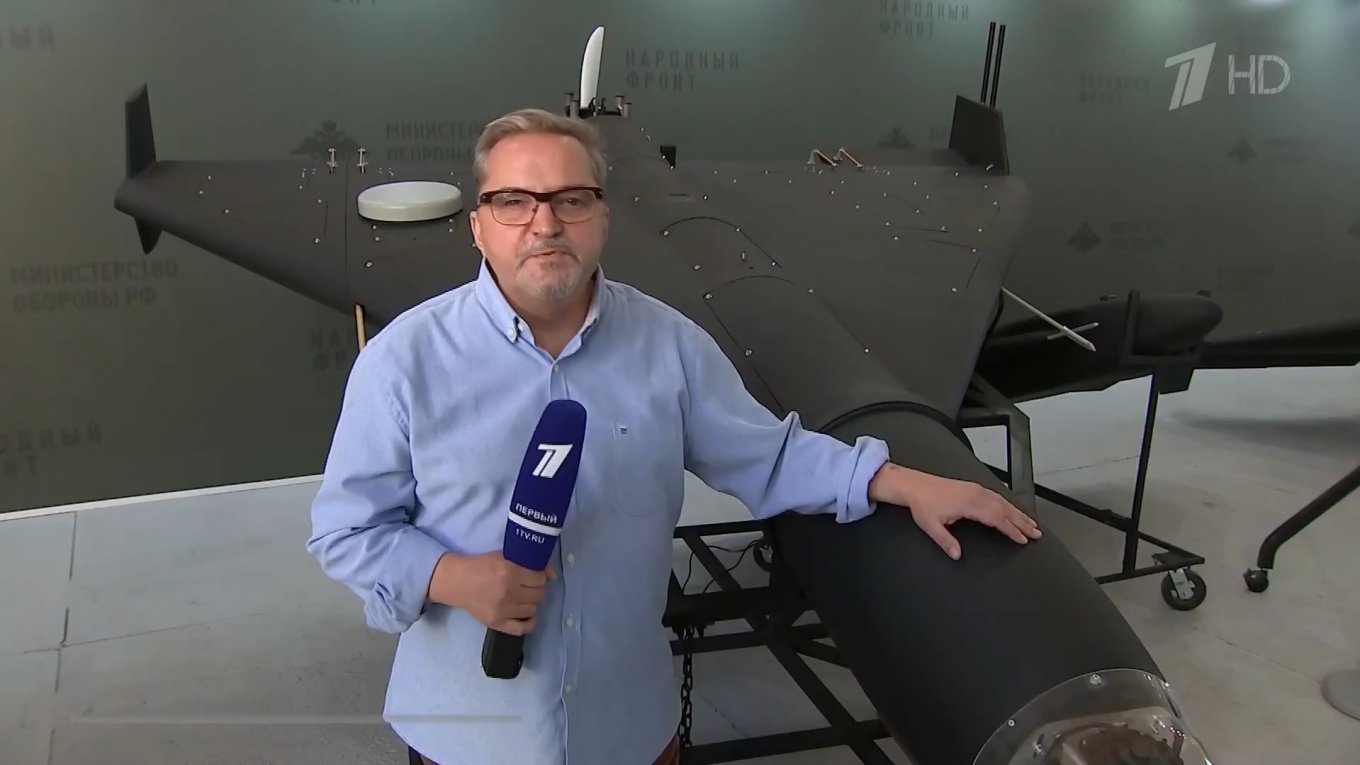
It may seem paradoxical that a furrow in the field should be laid by a plow with such precision but the error margin is actually this slim. Therefore, in our case, the "an agricultural component" is essentially synonymous to a dual-use technology — a proven and quite expensive solution.
Besides, the question remains open: from where exactly the russians might have borrowed the idea of utilizing CRPA with antennas arranged in a circle. A possible hint can be found in an article in public access, titled Optimum Array Configuration to Improve Null Steering Time for Mobile CRPA Systems, issued in 2016 by South Korean Journal of Electromagnetic Engineering and Science.
To put it briefly, the russian innovation for the Shahed's guidance system could have been "invented" by the rashists after monitoring the relevant scientific works from the public domain.
Read more: Crimea Becomes a Strategic Nightmare for russia, Ukrainian Forces Strike Key Arteries




